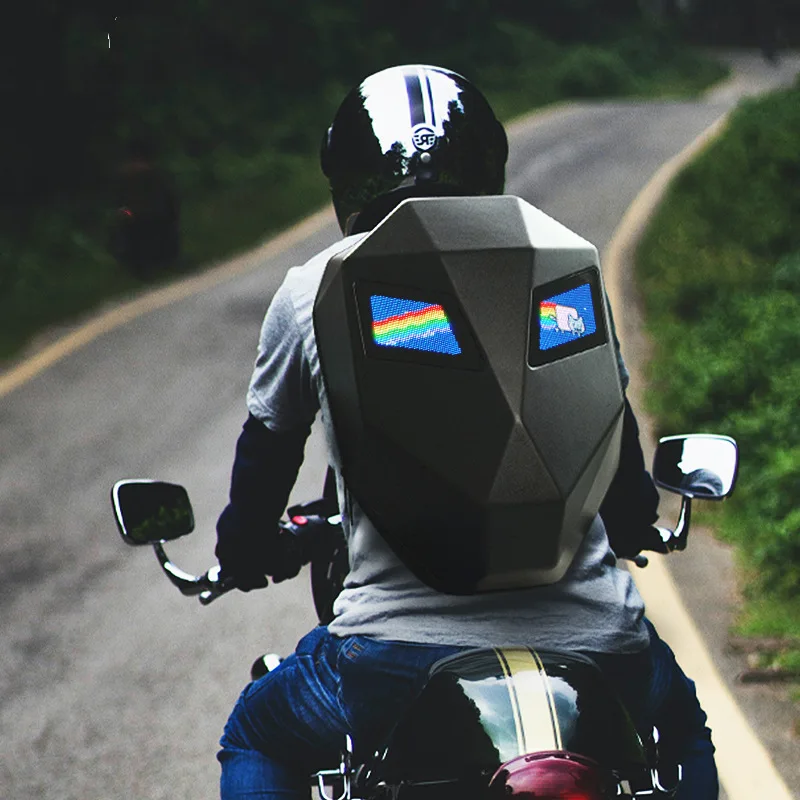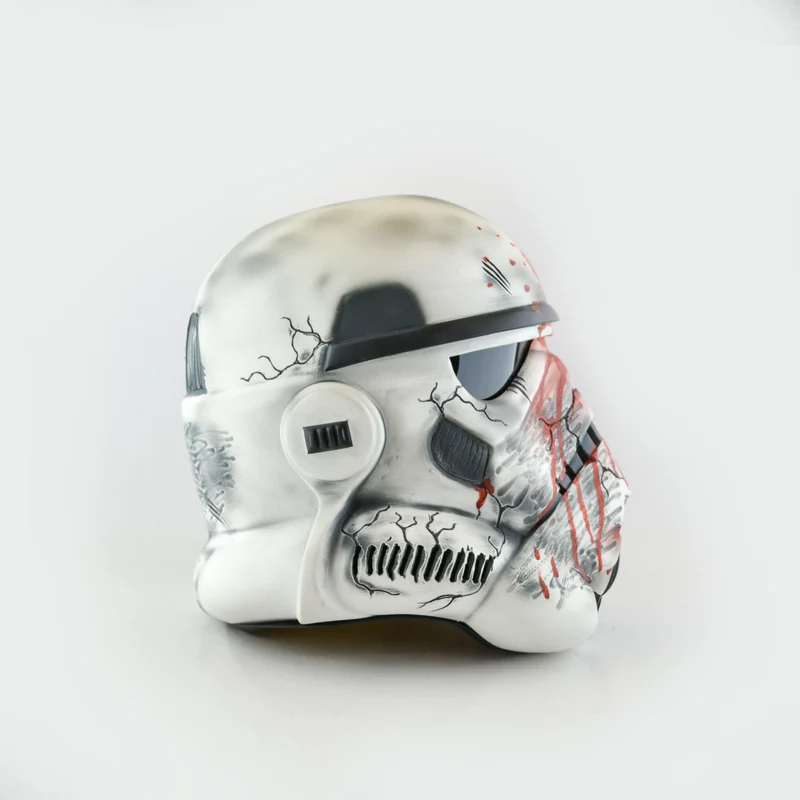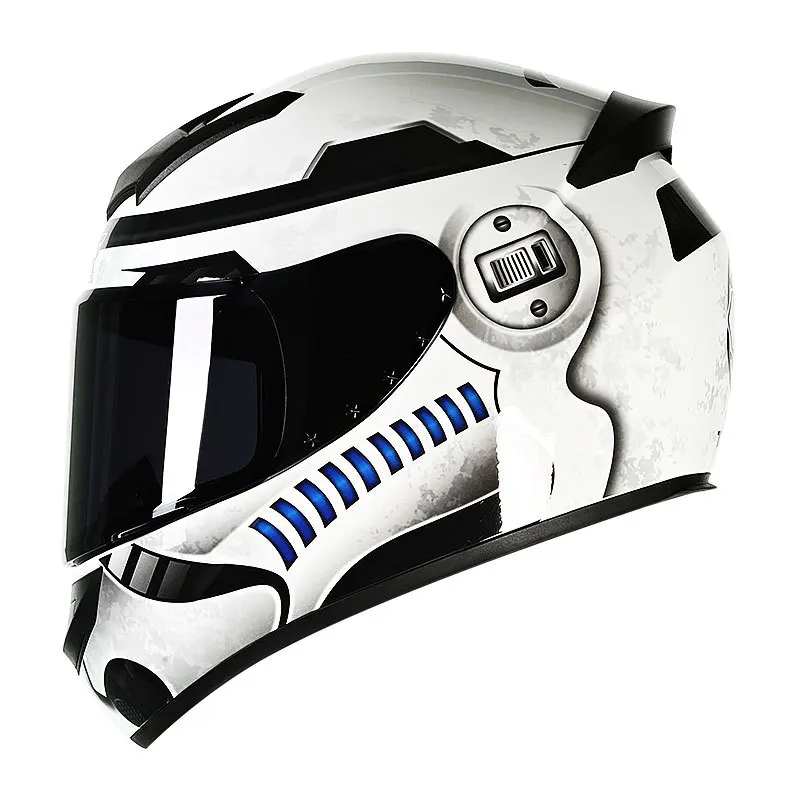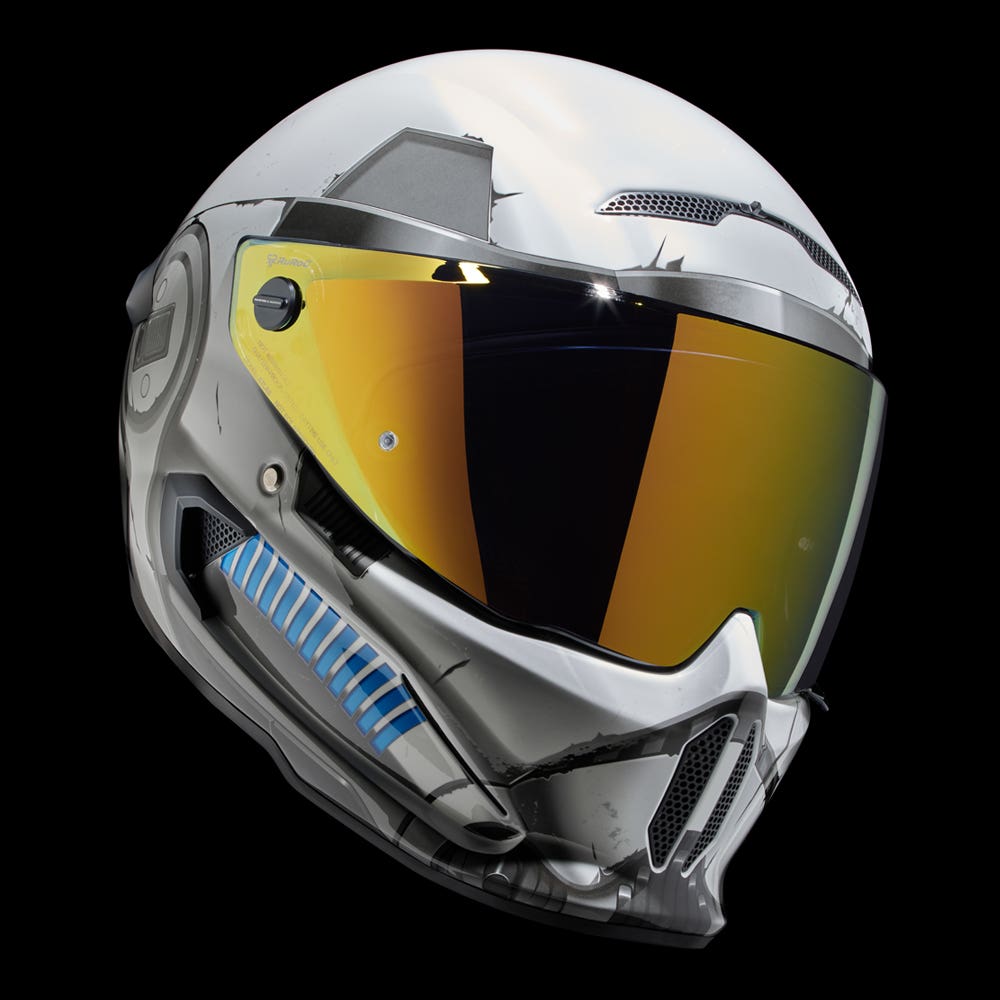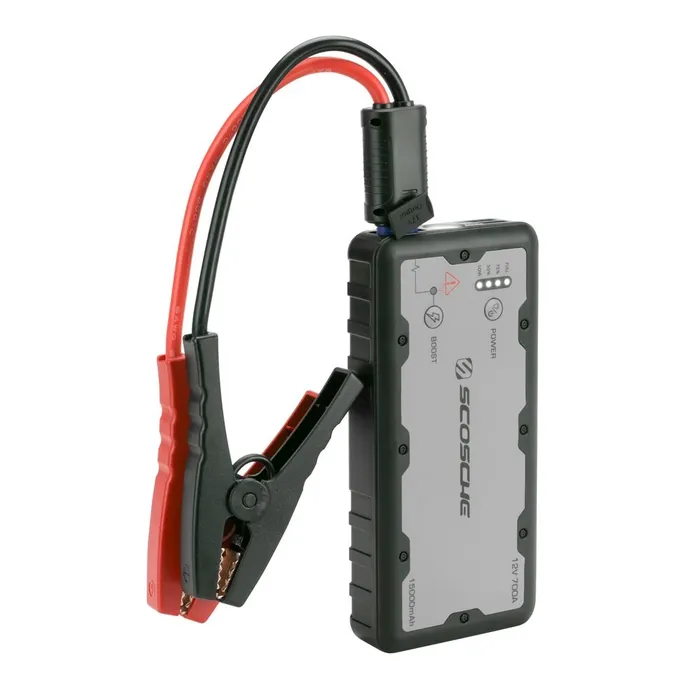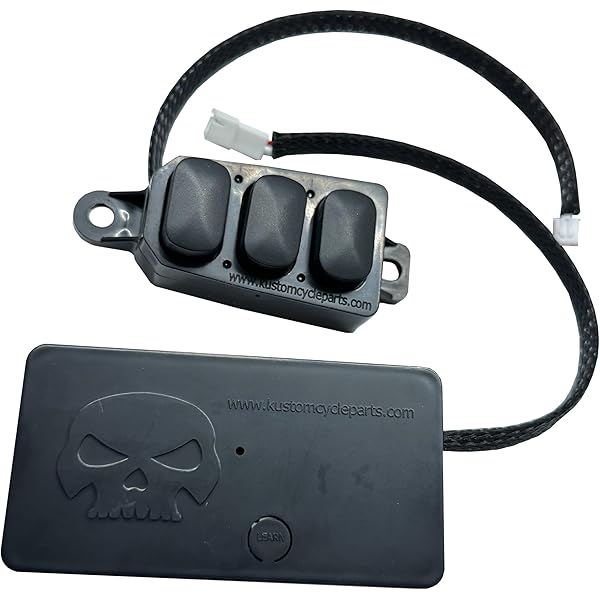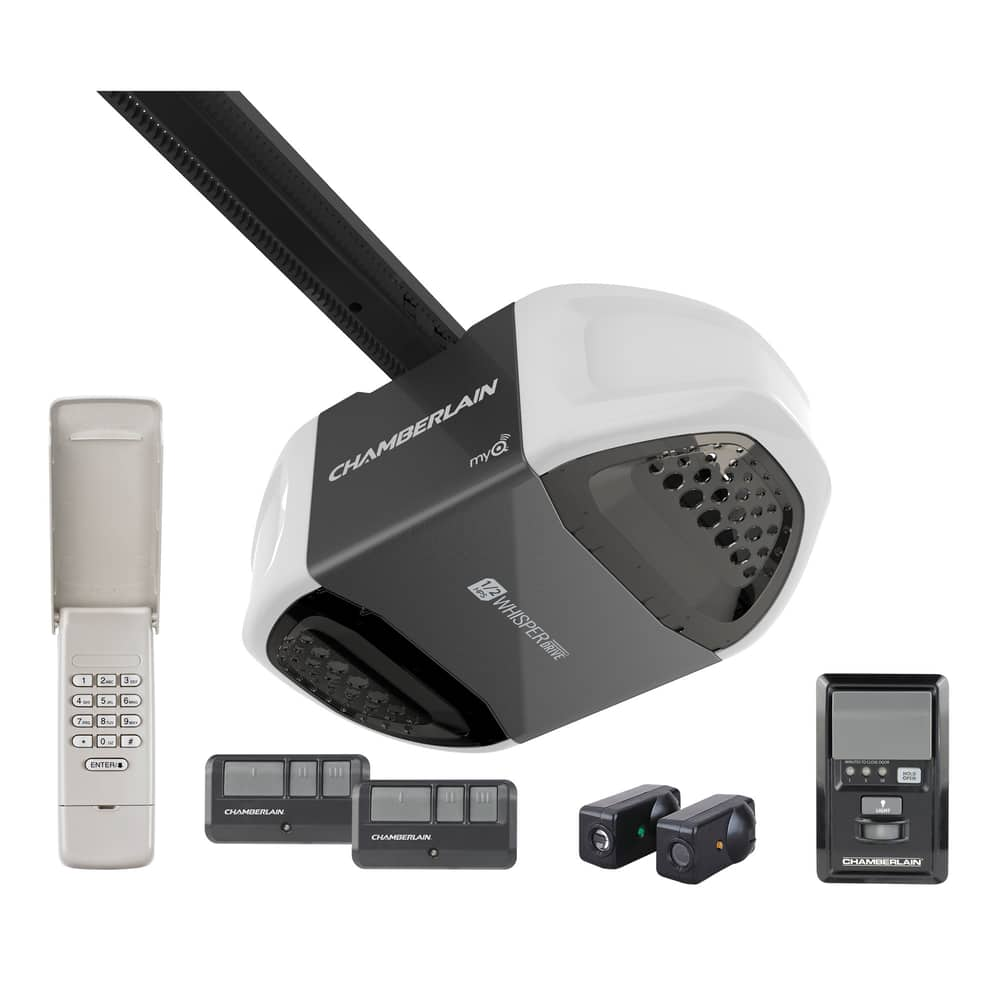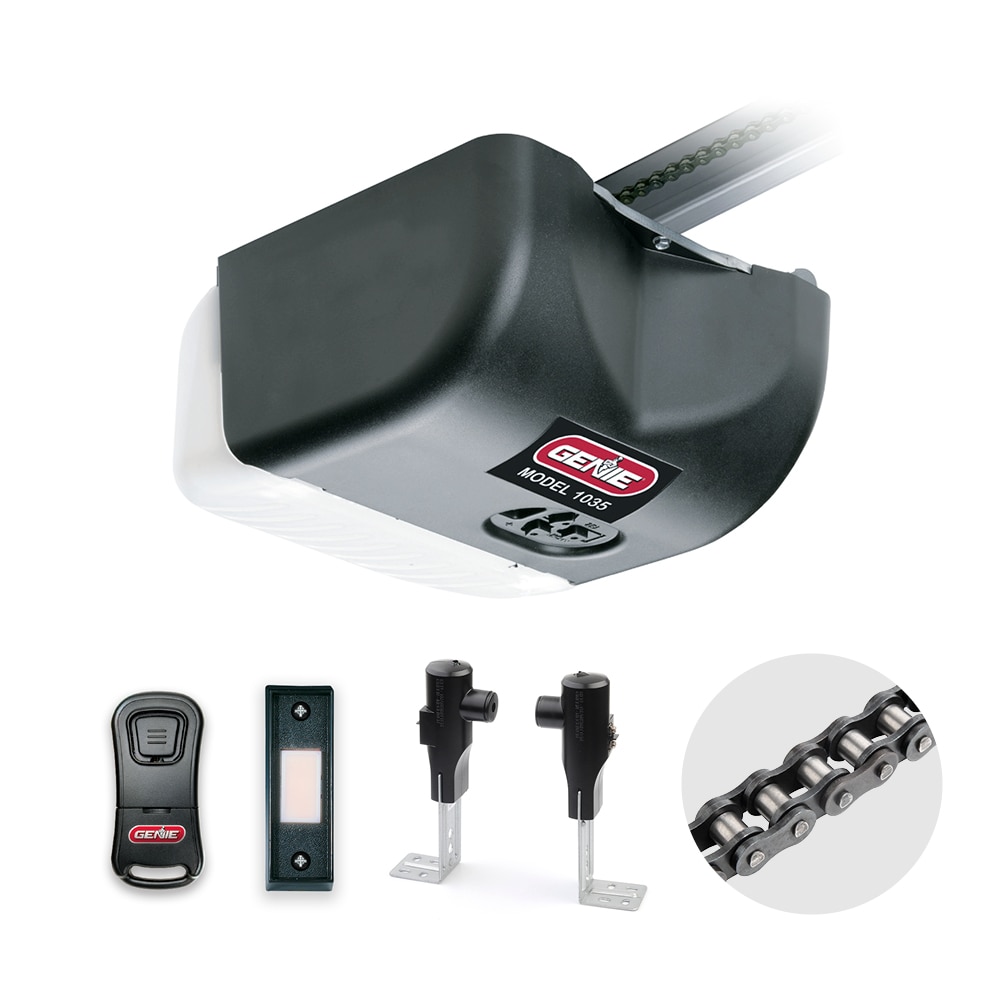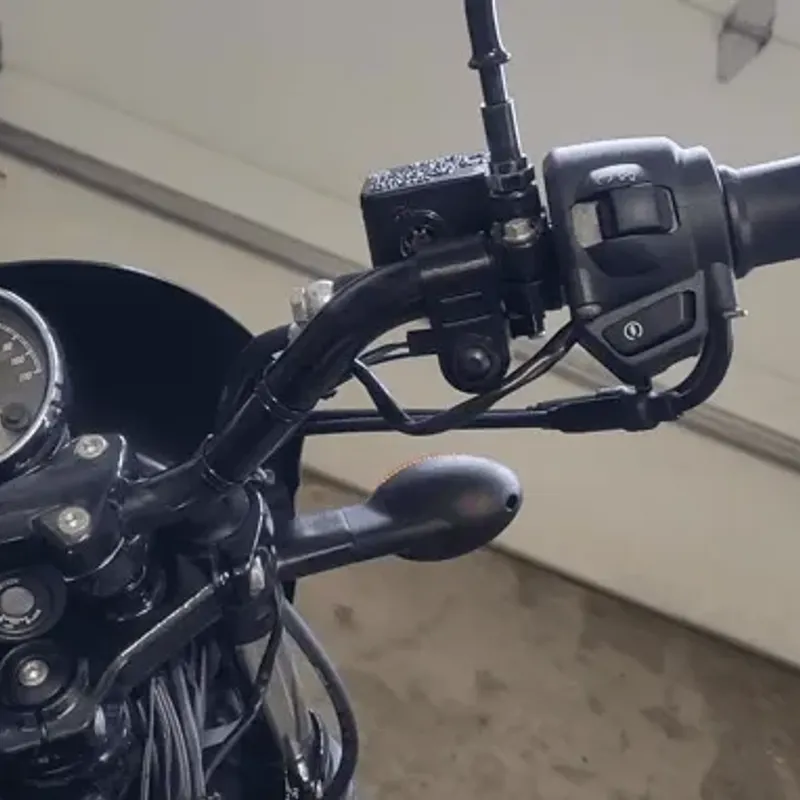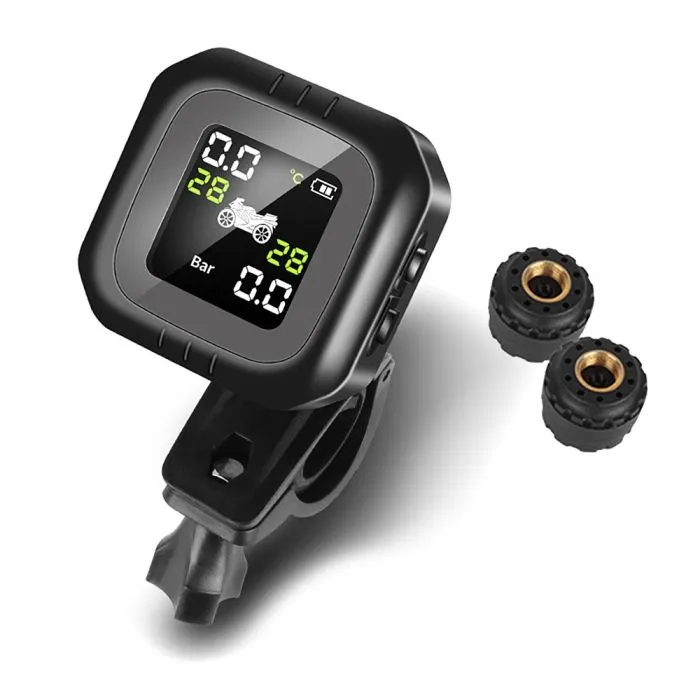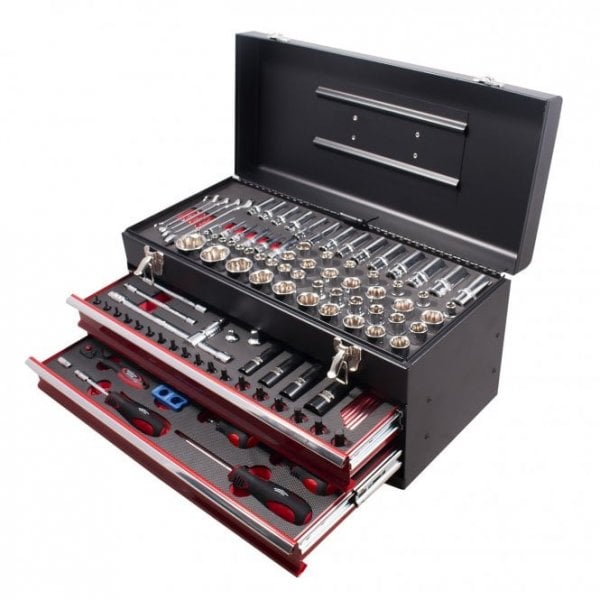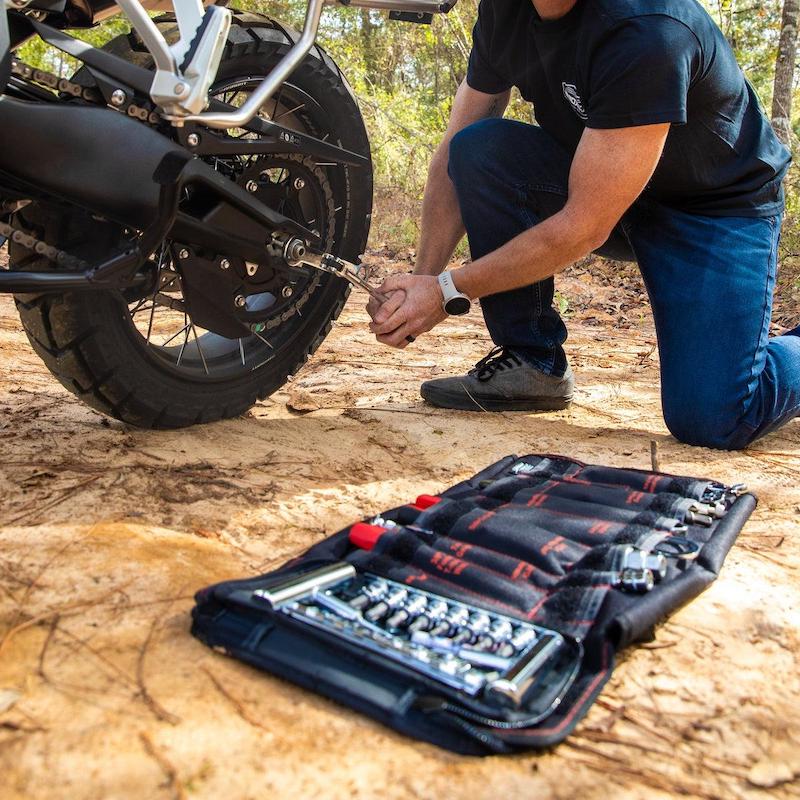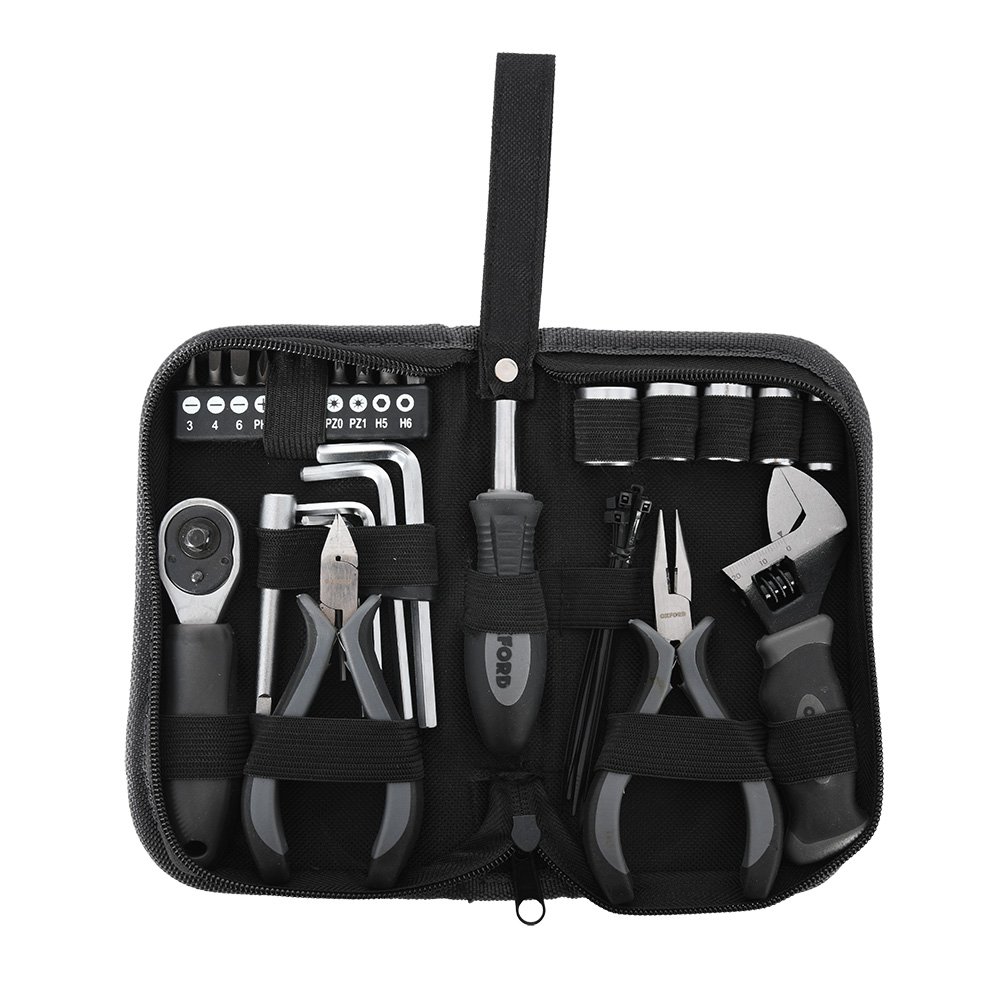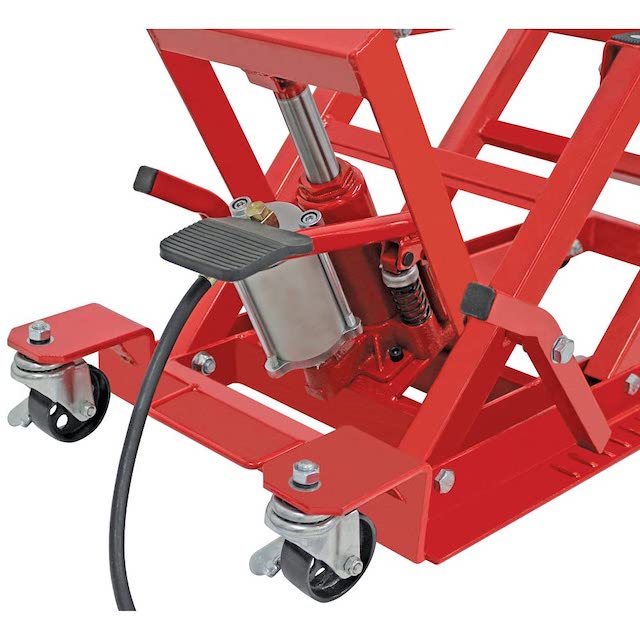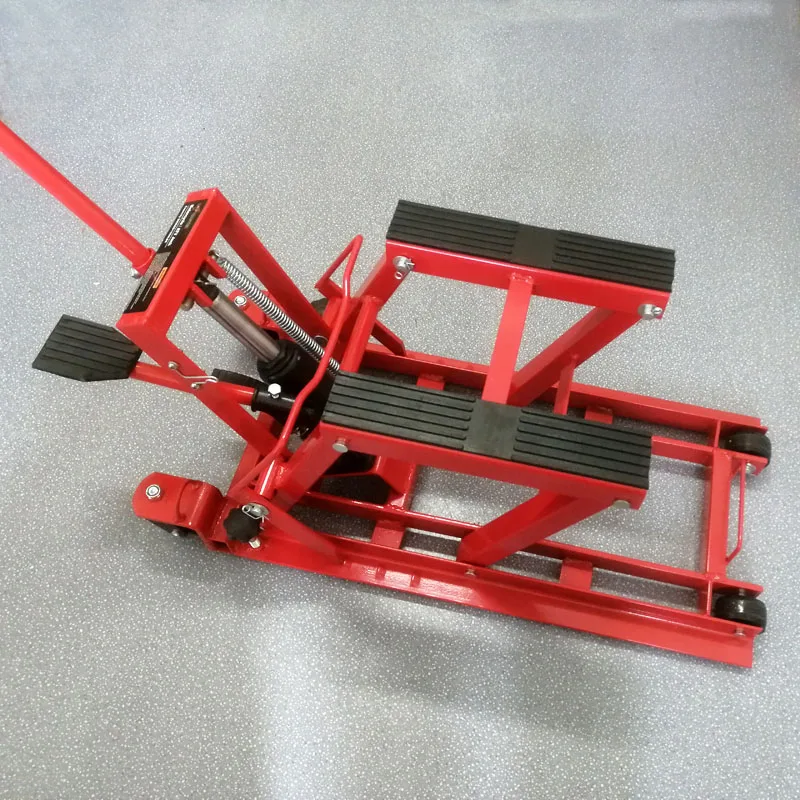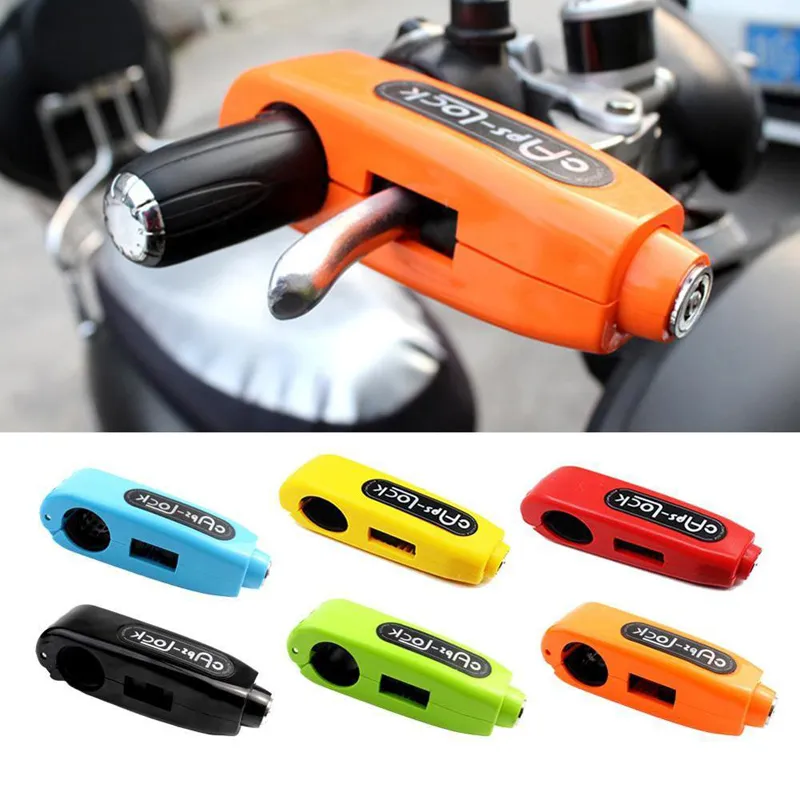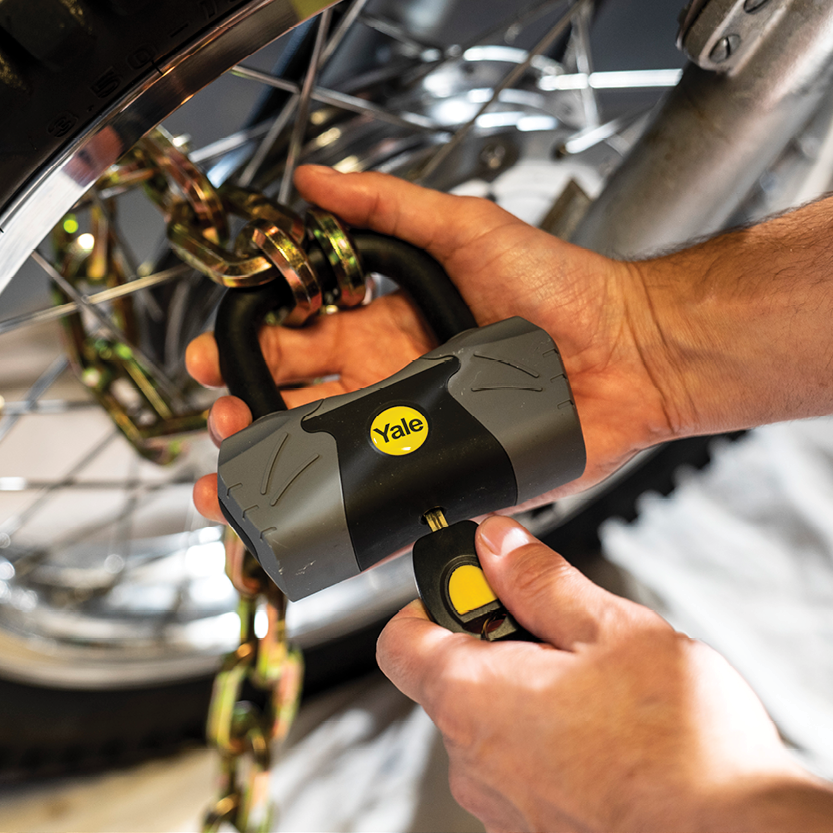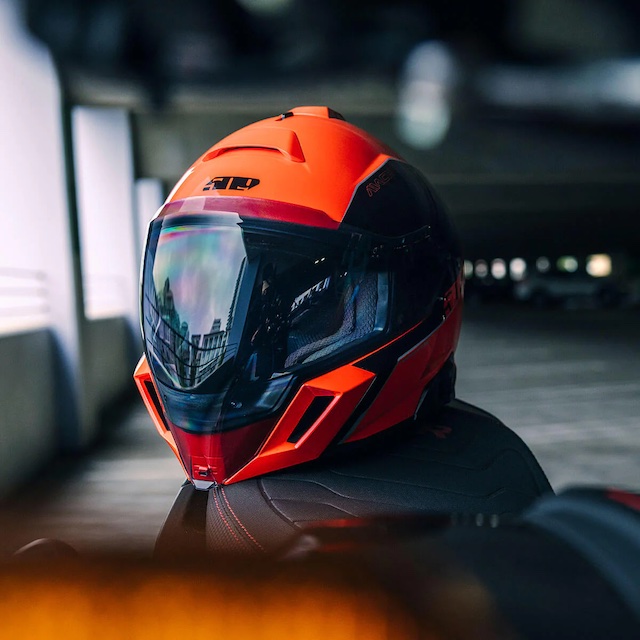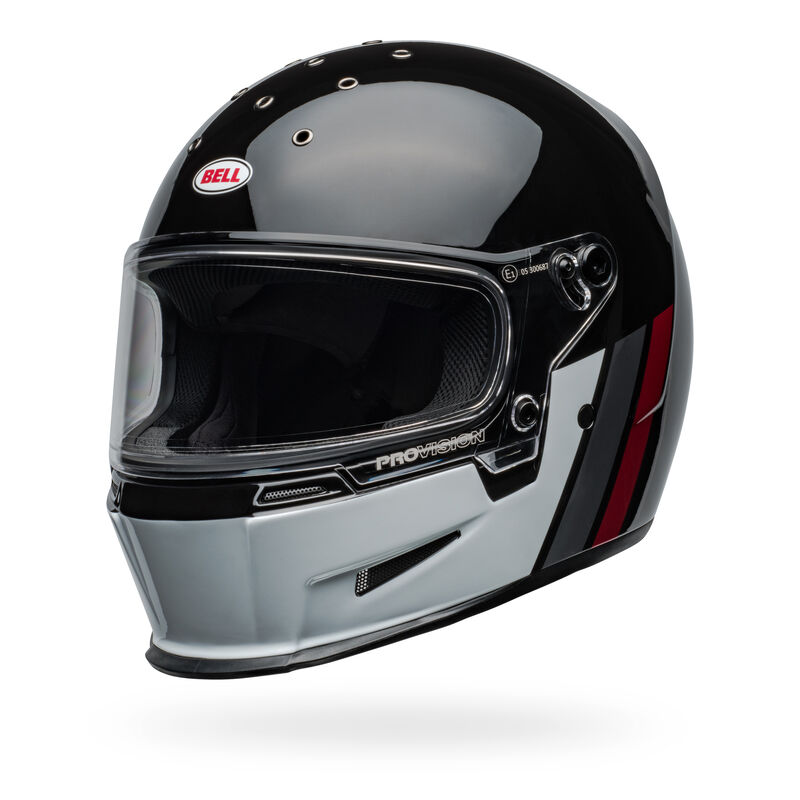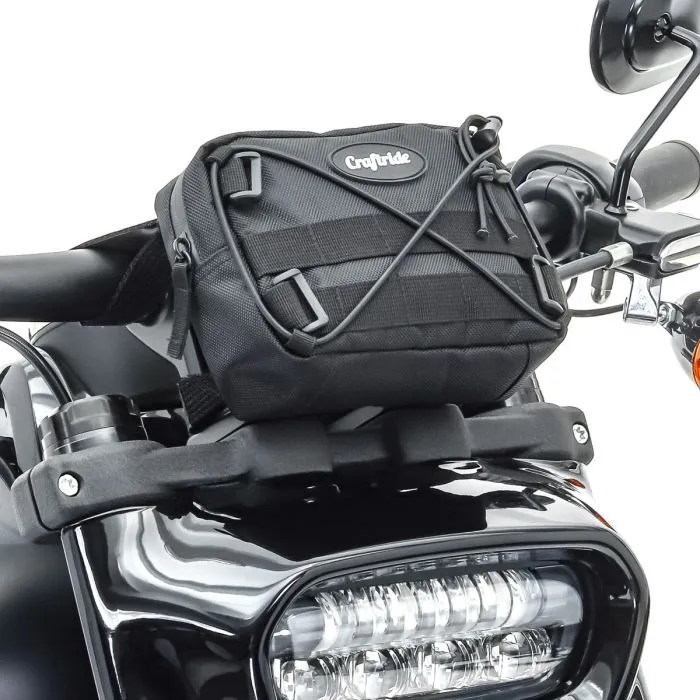Introduction
Riding a motorcycle is an exhilarating experience, but without the right gear, it can also be a challenge. One of the essential pieces of equipment for any rider is a high-quality motorcycle backpack. Not only does it serve as a convenient way to carry your belongings, but it also plays a crucial role in ensuring your safety on the road. In this comprehensive guide, we will explore the key features to look for in a motorcycle backpack and review some of the best options available on the market today.
Part 1: Key Features to Look for in a Motorcycle Backpack
Safety is important consideration when choosing a motorcycle backpack. Look for backpacks that have reflective elements or built-in LED lights to improve visibility, especially when riding at night. Some backpacks even come with built-in armor or impact protection to provide an extra layer of safety in the event of an accident.
Level 1: Durability and Weather Resistance
When it comes to motorcycle backpacks, durability is paramount. Look for a backpack made from high-quality materials such as rugged nylon or Cordura, which can withstand the rigors of the road. Additionally, it’s essential to choose a backpack that offers excellent weather resistance, especially if you regularly ride in inclement weather. Waterproof or water-resistant materials and sealed seams are a must to keep your belongings dry and protected.
Level 2: Comfort and Ergonomics
Riding a motorcycle for long distances can put strain on your body, so it’s crucial to invest in a backpack that prioritizes comfort and ergonomics. Look for features such as padded shoulder straps, a padded back panel, and a sternum strap to distribute the weight evenly and prevent discomfort. Additionally, adjustable straps and a contoured design will ensure a snug fit and minimize movement while riding.
Part 2: Capacity and Organization
Level 1: Storage Capacity
The ideal motorcycle backpack should offer ample storage capacity to accommodate your essentials without being overly bulky. Consider the size of the backpack’s main compartment, as well as any additional pockets or compartments for organizing smaller items. A backpack with a capacity of 20-30 liters is generally sufficient for most riders, but it ultimately depends on your specific needs and preferences.
Level 2: Organization Features
In addition to storage capacity, the best motorcycle backpacks offer thoughtful organization features to keep your belongings easily accessible and well-organized. Look for features such as multiple compartments, internal organizers, and designated pockets for items like electronics, sunglasses, and water bottles. Some backpacks also include specific compartments for carrying helmets and other gear.
Part 3: Security and Safety
Level 1: Secure Closure Systems
Security is a top priority when it comes to motorcycle backpacks, as you’ll want to ensure that your belongings are safely stowed while riding. Look for backpacks with secure closure systems such as high-quality zippers, buckles, or even locking mechanisms to prevent theft and keep your items secure, especially when navigating through crowded urban areas.
Level 2: Reflective and High-Visibility Features
Visibility is a critical safety consideration for motorcyclists, especially when riding in low-light conditions or at night. Choose a backpack with reflective accents or high-visibility colors to increase your visibility to other motorists on the road. Additionally, some backpacks come equipped with built-in LED lights for added visibility and safety.
Part 4: Top Picks for the Best Motorcycle Backpacks
Level 1: SW-MOTECH Legend Gear LR3 Backpack
As a renowned brand in motorcycle gear, SW-MOTECH offers the Legend Gear LR3 Backpack, which combines vintage styling with modern functionality. The backpack boasts a durable canvas construction with a waterproof inner lining, while the 16.5-liter capacity provides ample storage space. Additional features include a MOLLE attachment system, a laptop compartment, and a roll-top closure for added weather resistance.
Level 2: Kriega R30 Motorcycle Backpack
The Kriega R30 Motorcycle Backpack is a top choice for riders seeking unparalleled comfort and versatility. With a 30-liter capacity, this backpack is designed for long-distance travel and features a unique Quadloc harness system that provides a secure and stable fit. The backpack also includes a hydration reservoir compartment, multiple internal pockets, and reflective panels for enhanced visibility.
Part 5: Style and Durability
Level 1: Style
Motorcycle backpacks come in a range of styles, from sleek and modern designs to more rugged and traditional looks. Choosing a style that suits your personal preferences and matches your riding gear can add a touch of personalization to your riding experience.
Level 2: Durability
When it comes to durability, look for a backpack made from high-quality materials such as water-resistant nylon or Cordura fabric. Reinforced stitching and strong zippers are also important to ensure that your backpack can withstand the rigors of motorcycle riding.
Part 6: Comfort and Fit
Level 1: Comfort
A good motorcycle backpack should be comfortable to wear, especially during long rides. Look for features such as padded shoulder straps, a breathable back panel, and a chest or waist strap to help distribute the weight and minimize strain on your back.
Level 2: Fit
The right fit is crucial for both safety and comfort. Look for a backpack with adjustable straps to ensure a snug and secure fit. Some backpacks also come in different sizes to cater to various body types, so make sure to choose one that fits you properly.
Part 7: Storage and Organization
Level 1: Storage
Consider the amount of storage space you need for your riding essentials. Look for a backpack with multiple compartments and pockets to keep your items organized and easily accessible. Some backpacks even come with dedicated pockets for things like a hydration bladder or a helmet carrier.
Level 2: Organization
An organized backpack can make your riding experience much more convenient. Look for features such as internal organizers, key clips, and exterior attachment points for securing additional gear. A well-organized backpack can make it easy to find what you need while on the road.
Finally, consider additional features that may enhance the overall functionality of the backpack. Look for backpacks with multiple compartments and organizational features to help keep your belongings organized and easily accessible. You may also want to consider backpacks with built-in hydration systems or the ability to attach a helmet or other items to the exterior of the pack. In conclusion, finding the best motorcycle backpack involves considering a range of features including durability, size, comfort, safety, and additional functionality. With the right backpack, you can carry everything you need while riding in comfort and style.
Conclusion
When it comes to finding the best motorcycle backpack, there are a few key features to look for. First and foremost, it should be durable and water-resistant. Riding on a motorcycle means being exposed to the elements, so having a backpack that can withstand rain and wind is crucial. Look for backpacks made from high-quality materials such as nylon, polyester, or even leather, as these will provide the best resistance to wear and tear.
Finding the best motorcycle backpack is a crucial decision for any rider, as it directly impacts your comfort, safety, and convenience on the road. By prioritizing features such as durability, comfort, capacity, organization, security, and safety, you can narrow down your options and find the perfect backpack to suit your needs. Whether you opt for the classic styling of the SW-MOTECH Legend Gear LR3 Backpack or the innovative design of the Kriega R30 Motorcycle Backpack, investing in a high-quality motorcycle backpack will enhance your riding experience and provide peace of mind during your journeys.


